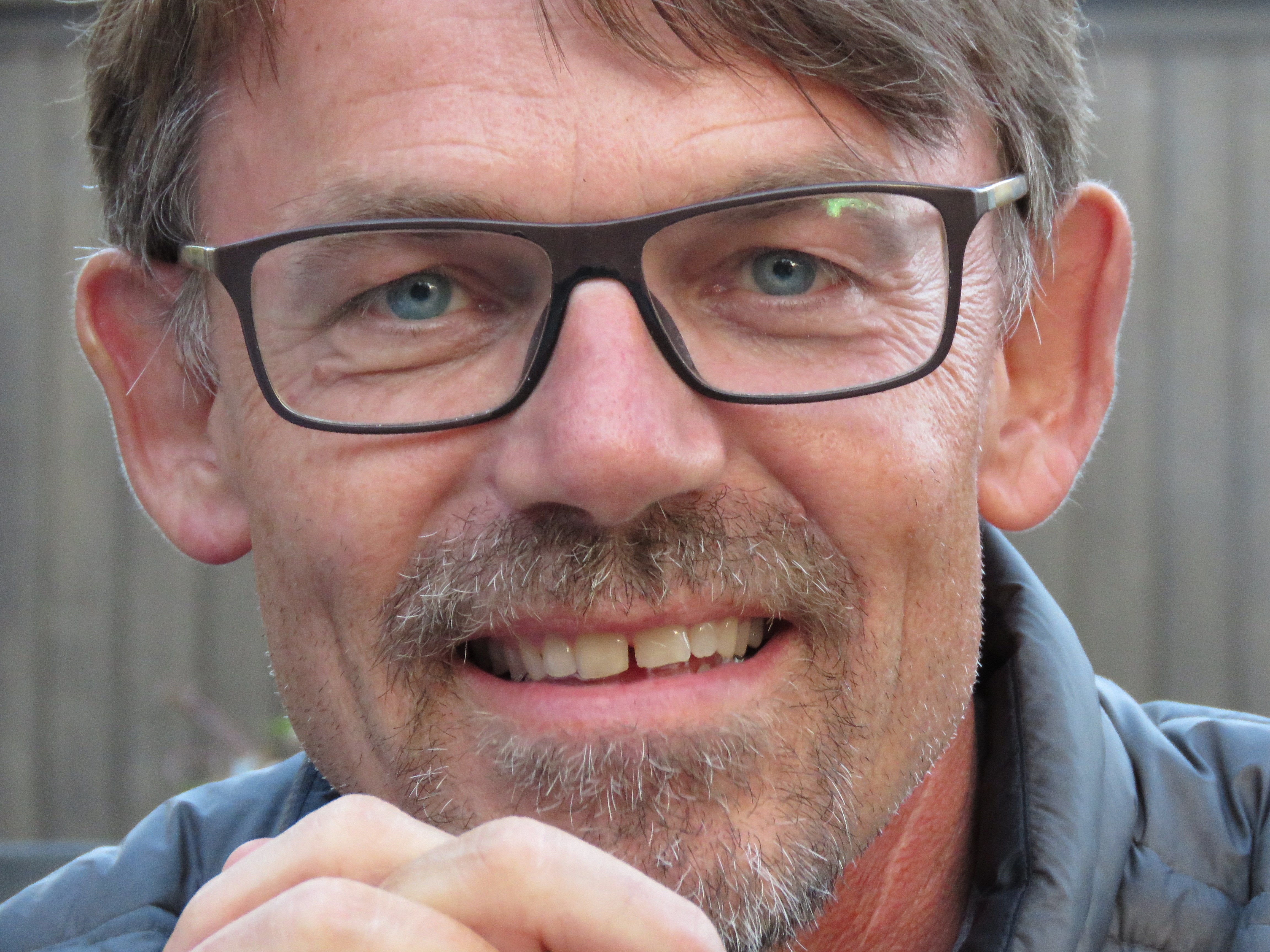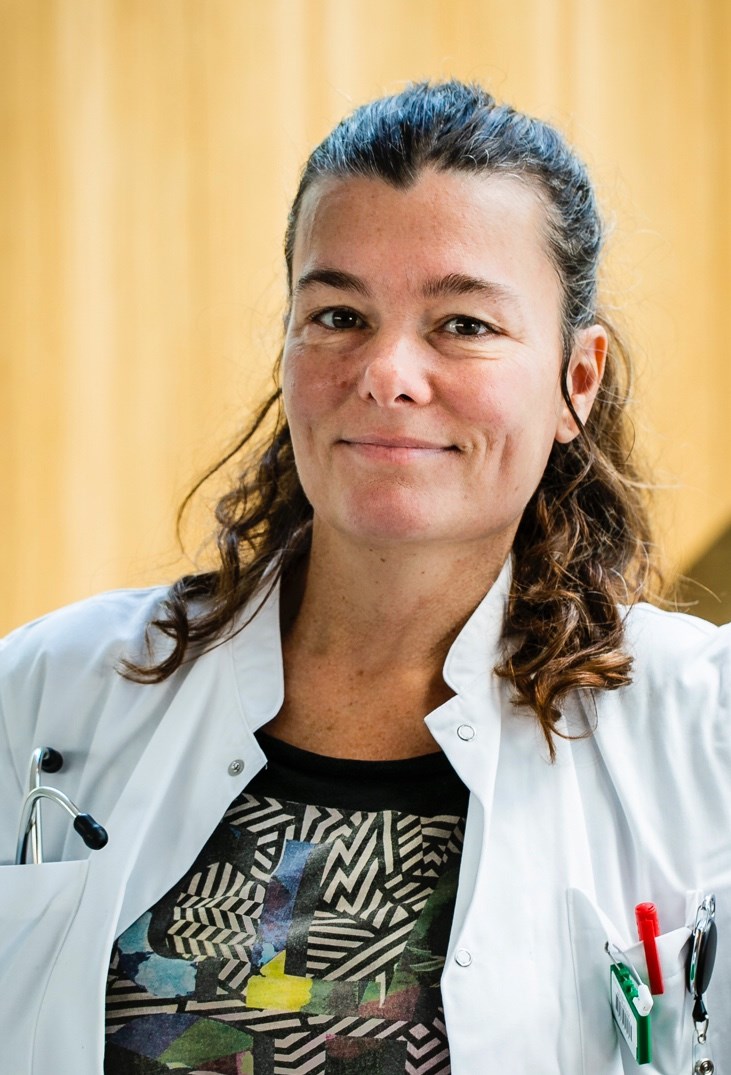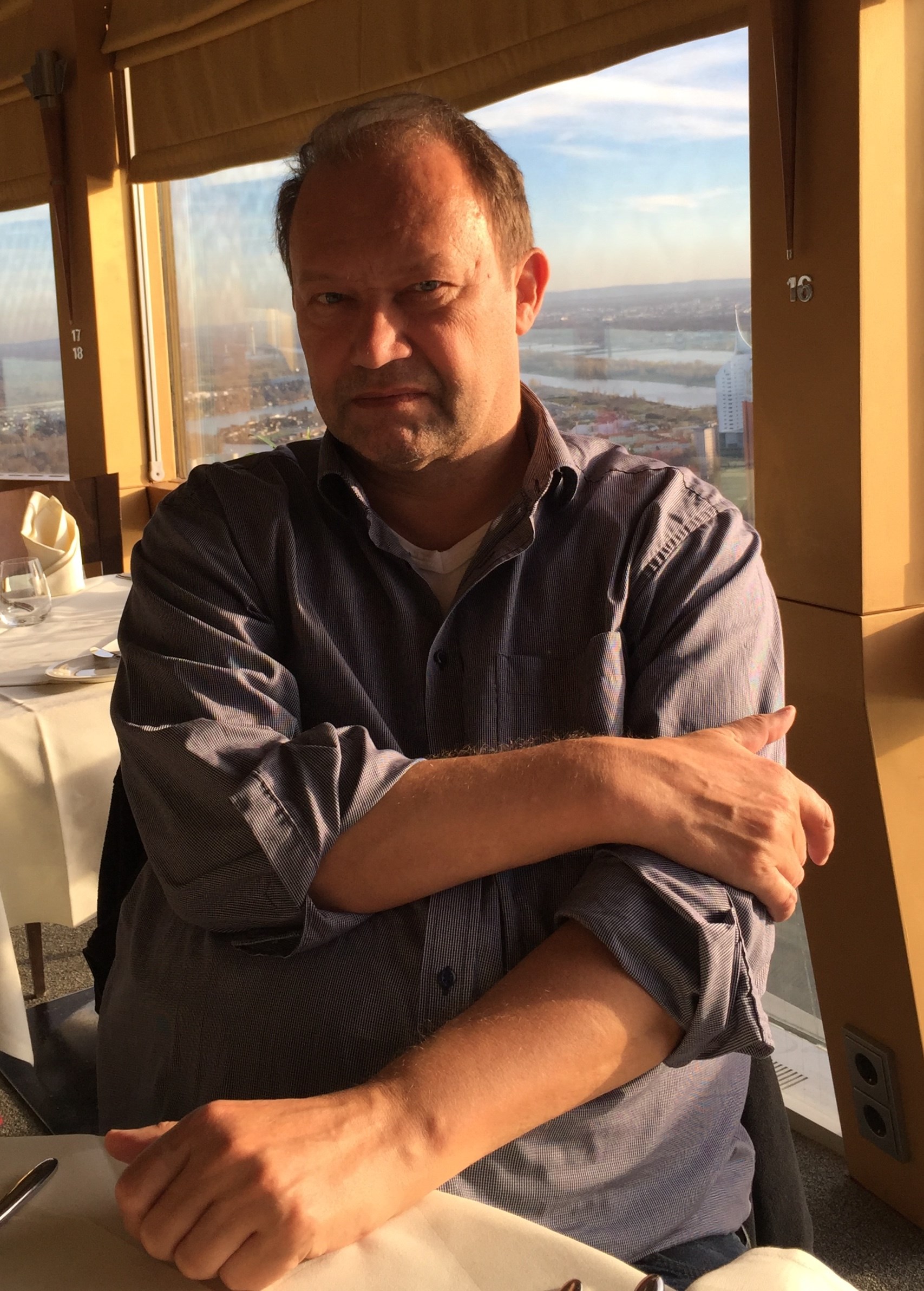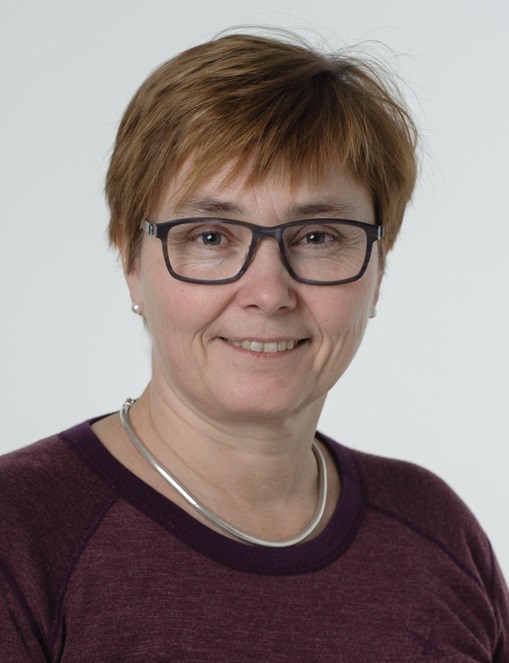Pancreatic cancer
Pancreatic cancer is a highly deadly disease and only 1 out of 5 patients with a new diagnosis of pancreatic cancer will be offered a potentially curative operation. However, high dose radiotherapy might also have a curative potential in pancreatic cancer as it has been shown to be beneficial in other GI cancers. However, radiotherapy towards a tumor in the pancreas, is highly limited by sensitive normal tissue around the pancreas, like the intestines. Therefore, there is no standard radiotherapy treatment in pancreatic cancer today. The aim of this study is to investigate whether new radiotherapy techniques as high dose proton therapy or photon therapy on the MR accelerator, is feasible in patients with locally advanced pancreatic cancer with respect to toxicity and thereby has the potential to lead to improved resectability and/or improved survival.
Aim
The aim of this study is to investigate whether high dose proton or MR guided photon therapy after standard combination chemotherapy in patients with locally advanced pancreatic cancer (LAPC) is feasible with respect to toxicity.
Background
Patients with LAPC have a tumor that is so extensive that curative resection is not possible. However, after chemotherapy or chemo-radiation some of these patients can achieve tumour shrinkage which allows subsequent resection. Fractionated (chemo)-radiation have had a minimal impact on the survival for patients with LAPC. The dose delivery has been based on large fields and has been limited by the tolerability of the gastrointestinal tract. However, developments in cone beam computed tomography (CBCT) guided radiotherapy have allowed the delivery of high dose stereotactic body radiotherapy (SBRT) in few fractions with high accuracy and swift dose falloff to reduce the dose to adjacent critical organs at risk (OAR). Therefore, new treatment regimens with higher biologic equivalent doses (BED) than conventional radiotherapy, are currently being investigated. Also in Denmark, a SBRT study of 50 Gy in 5 fractions, is planned within a Nordic study comparing different local treatment modalities in LAPC. This study includes the use of fiducial markers, respiratory control, and multiple CBCT images acquired per fraction.
With the installation of MR accelerators in Odense, Herlev, and Rigshospitalet as well as the establishment of the Danish Centre for Particle Therapy (DCPT) in Aarhus, LAPC patients in Denmark will soon be offered two new radiotherapy treatment modalities besides the standard CBCT based photon therapy. Both modalities may potentially spare the critical OAR in the gastrointestinal tract substantially making high dose stereotactic treatment feasible with minimal toxicity: Proton therapy by use of favourable dose distributions, and MR guided therapy by use of superior soft tissue contrast and daily plan adaptation.
Methods
The current project will be divided into five specific aims as described below.
Specific aim 1: Database registration
Establishment of a national database for registration of morbidity and outcome after radiotherapy, patient reported outcome and radiation therapy details.
Specific aim 2: Development of planning techniques and plan comparison strategies
Treatment planning for proton therapy and MR guided photon therapy of pancreas cancer is not straightforward and will need to be developed almost from scratch. The results of proton planning will depend on the choice of treatment technique and optimization strategy, while for MR guided therapy, daily adaptive dose plans will need to be created. The use of margins and robust optimization parameters will need to be settled. Furthermore, there is no trivial metric for comparing dose plans created by these different methodologies and plan comparison strategies will need to be developed.
Specific aim 3: Simple dose plan comparison
This specific aim will compare the dose to the critical OAR in dose plans created for 1) standard CBCT guided photon therapy, 2) proton therapy, and 3) MR guided photon therapy in 23 LAPC patients previously treated at OUH as part of the FOLFIRINOX protocol. The critical OAR will be re-delineated, and new dose plans of all three types will be created based on the SBRT guidelines and the techniques developed in aim 2. Plan quality will be evaluated by an oncologist as well as by analysis of mean population dose volume histograms (DVH), dose metrics and the strategies developed in aim 2.
This specific aim will primarily test the difference in plan quality between standard CBCT guided photon therapy and proton therapy as the plan adaptive strategies of MR guided photon therapy cannot be investigated without the use of consecutive, longitudinal MR or CT images.
Specific aim 4: Adaptive dose plan comparison
The fourth aim of the project will compare the accumulated dose to the critical OAR of dose plans for 1) standard CBCT guided photon therapy, 2) proton therapy, and 3) MR guided adaptive photon therapy in 20 LAPC patients with longitudinal MR images acquired one-third, two-thirds, and three-thirds through their treatment course. As daily plan adaptation is part of the rational for using MR guided photon therapy, adaptive MR guided dose plans will be created for each of the consecutive MR images using the techniques developed in aim 2.
To investigate the difference in the dose to the tumor and OAR accumulated over the treatment course between the three treatment types, a dose accumulation framework will be established. Accumulative plan quality will be evaluated by an oncologist as well as by analysis of mean population accumulative DVHs, dose metrics and the strategies developed in aim 2.
A protocol for consecutive MR imaging of LAPC patients is currently open at OUH.
Specific aim 5: Phase II feasibility trial
The fifth aim of the project will investigate the feasibility of using any one or both of the two new modalities for radiotherapy together with combination chemotherapy to treat LAPC in a phase II study. The modalities to enter the study will depend upon the results of aim three and four.
Expected results
It is our hope, that these studies will provide knowledge into different treatment techniques and guide patient selection in the future. If the accuracy of pancreatic SBRT can be significantly improved by MR-guided RT, or clinically significant normal tissue sparing can be obtained using proton therapy, this may translate into a better survival and lower toxicity in LAPC patients treated with high dose radiotherapy.
Clinical trials
- LAPC-03, Eudract identifier: 2017-003775-62
- SBRT-PC-01, ClinicalTrials.gov identifier: NCT03648632
- CheckPac, ClinicalTrials.gov identifier: NCT02866383
-
Christian Rønn Hansen
Radiofysisk Laboratorium & DCPT
Odense University Hospital![]()
-
Uffe Bernchou
Lektor i Medicinsk Fysik
Odense University Hospital![]()
-
Morten Ladekarl
Overlæge
Aalborg University Hospital![]()
-
Britta Weber
MD, PhD
Aarhus University Hospital![]()
-
Jørgen B.B. Petersen
Hospitalsfysiker
Aarhus University Hospital![]()
-
Tine Schytte
Chief physician, Associate professor, PhD
Odense University Hospital![]()





